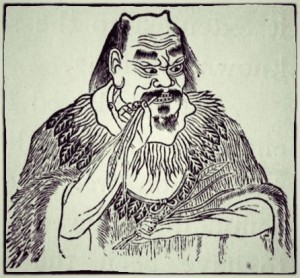|
Area |
This Area Reflects |
This Area is Treated By |
This Area Treats |
|
S.J.16 |
weak glands, weak immunity |
Immune Points (T.I.10,11) |
immune issues (needle + moxa) |
|
C3 right left |
Liver Heart |
Liv4, left ST27, right Liv14 rapid pulse – Ren4 |
|
|
cervicals |
structural imbalance |
T5 (or above) |
|
|
Trapezius (at cervicals) |
check one-sided symptoms |
opposite ~S.J.8 + G.B.40 same side G.B.26 |
|
|
ST9, L.I.18 |
Thyroid |
Kid3 + LU4 or S.J.4 hypothyroid: – L2, T11, T7, T5, T1 hyperthyroid : – if Kid2 is painful – Kid7, 10 |
|
|
SCM |
check for one-sided symptoms reflects ANS imbalance sphincter issues |
in all cases treat: |
|
|
Scalenes (ST11, 12) |
Spleen (with muscle pain) brachio-radial plexus (arm pain) |
SP3.2 (add Stomach Qi) for muscle pain – add Nagano ST22 (Odi) SP3.2 + LU7 (also Ren12) |
|
|
Ren22 |
DU20 |
with DU20 (+ Pachi): face, sinus, eyes |
|
|
Ren21 |
Ren3, 2 (bladder) |
||
|
ST13 |
inguinal (viscero-ptosis) |
Always treat the neck and shoulders before the hands, feet, wrists, or ankles.
Use distal areas to treat the cervical spine first.
GB20 reflects oketsu (especially on the right side), lymph, and ear.
- Treat with LV4, LU5, LV13, SP5, SP9
GB20-C2 huatuo region can be very hard and painful with trigger points that are almost as hard as the bone. Called ‘jya-kutsu’ ‘evil bone’.
- Treat with Shaoyang treatment
C3-C4 relates to ear and eye problems. With T4 pressure pain reflects eye strain. Can show a history of ear problems, possible even very old patterns.
On the right indicates Liver
- Treat LV1
On the left indicates Spleen
- Treat SP1
Whole occipital region reflects basilary or cervical artery insufficiency.
REN22 can treat frequent urination or urge to urinate. Feel for a spot that relieves urge while pressing over bladder (REN3 area). Use a tack or intradermal needle.

